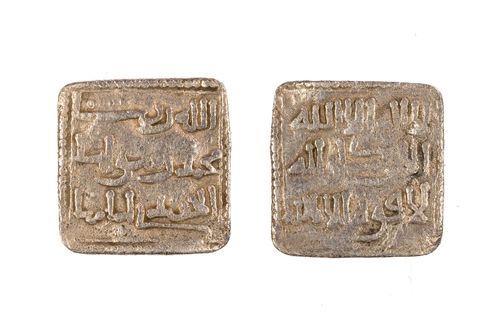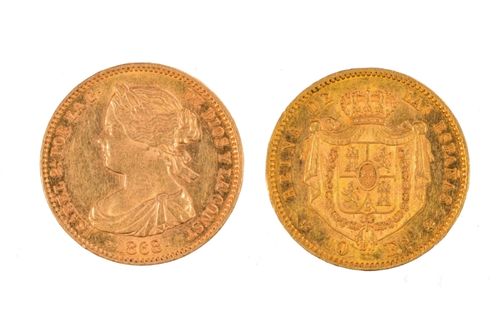Table of Contents
Coins are almost as permanent as a stone and supply us with a way to comprehend what might have been lost otherwise. They survive almost indefinitely. When it came to the transmission of information, coins served a function not dissimilar to that of “floppy discs” in the days of the ancient world. Let’s learn more about the study of coins.
The Lydians were neighbors of the Greeks, and are credited with inventing coinage around the year 600 BCE. Even though it was not invented by the Greeks, they did not waste any time in delaying establishing it as the primary mode of financial transaction. Every Greek city-state, known as a polis, had the aspiration of minting its own coins and acting as its own trading hub.
Prior to this, the amount of property that a person owned was used to determine how wealthy they were. But coinage, which served as an alternative means of wealth, started to transform society.
What is the study of coins called?

The study of the tangible representations of different forms of currency is known as numismatics (i.e. currencies). The study of numismatics as it relates to coins typically involves investigating the production of the coins as well as how they were used in order to establish their level of rarity.
The socioeconomic and historical studies of money are not the same thing as numismatics. Numismatists focus more on the material properties of various forms of payment media than they do on their uses and functions within economies. The term “coin collection” is frequently interchanged with the term “numismatics,” despite the fact that “numismatics” suggests a more in-depth study than simply the act of “collecting coins.” One could make the argument that all coin hobbyists are also numismatists, but this isn’t entirely true.
It is generally accepted that the study of numismatics got its start during the early stages of the Renaissance in Europe when people were trying to rediscover everything classical. The term “numismatics” was first used in the English language in the year 1829. It was derived from the adjective “numismatic,” which means “of coins,” and came from the French word “numismatiques,” which itself originated from the Latin “numismatis.” The word “numismatics” itself was first used in Latin.
Numismatists are experts in studying both the material aspects and the historical context of money and coinage. The most valuable and interesting coins to study and collect are those that are either extremely rare or one of a kind or have a history that can be traced back to a significant event that can be verified. Particularly noteworthy are specimens that display errors that occurred during the manufacturing process.
Importance of the study of coins

The study of numismatics can be traced back hundreds of years. Coin collecting, on the other hand, most likely began around the same time that currency did.
Collectors of coins were typically members of the nobility, the ministers, or the ruling class prior to the 19th century. During the time of the Roman Empire, the emperors, such as Caesar Augustus, would collect coins from various locations around the world to use as a bargaining chip in trade talks and as presents for their guests.
The hobby of numismatics has amassed a growing number of followers over the years. In the 1800s, coin collecting clubs and societies were established all over the world. As a result of the growth of the Internet, collecting currency has become increasingly popular and is now pursued by enthusiasts from a wider demographic. Those interested in or already skilled in numismatics have direct exposure to an endless supply of information, tools, and communities dedicated to the hobby.
Coins were designed to be practical and easy to manipulate; they were intended to circulate, and their use was widespread across the globe. In addition to this, everybody believed them because they bore the stamp or signature of the organization that was responsible for producing them.
Coins were highly regarded not only because of their acceptance but also because they were an extremely efficient method to accumulate a fortune because of their features and durability. There’s also the fact that armies were paid in coins, so coins played a huge role in the economy right up until fairly recently.
Key takeaways
- The study of coins and other monetary units makes up the field of numismatics, which is most commonly associated with the valuation and preservation of rare coins.
- Numismatists are experts in the study of currency, specifically its history, as well as its historical context, as well as its physical characteristics.
- Rare and collectible coins frequently have a market price that is significantly higher than either their nominal face value or their commodity melt value. As a result, these coins are frequently removed from circulation and considered investment opportunities rather than actual money.
- The field of numismatics has inspired the formation of a large number of communities, societies, and other types of organizations over the years
Liked this blog? Read next: Archeology| The study of ancient societies and humanity.
FAQs
Q1. Who was the very first person to study coins?
Answer – Francesco Petrarca, or Petrarch, was an Italian scholar and poet who is regarded as the first collector of coins during the Renaissance. He is also credited with being the catalyst for the numismatic boom that occurred during the 14th century. The hobby of numismatics has amassed a growing number of followers over the years.
Q2. How can you study numismatics?
Answer- Numismatics classes are available at the graduate, postgraduate, and doctoral levels in India. To be eligible for admission to a Bachelor of Arts programme in Numismatics, candidates need to have completed their secondary education in any subject area at an institution that is recognized. The students will learn about the various approaches to coin collecting through the course that they are enrolled in.
Q3. Which is the oldest coin in the world?
Answer- The answer is the coin that is the oldest one in the world. The Lydian Lion, which is considered to be the oldest coin in the world, was made more than 2,700 years ago and can now be found in the British Museum. The Lydian Kings, who reigned around 610–600 B.C., is credited with designing this uniface pattern that depicts a roaring lion as their royal emblem.







